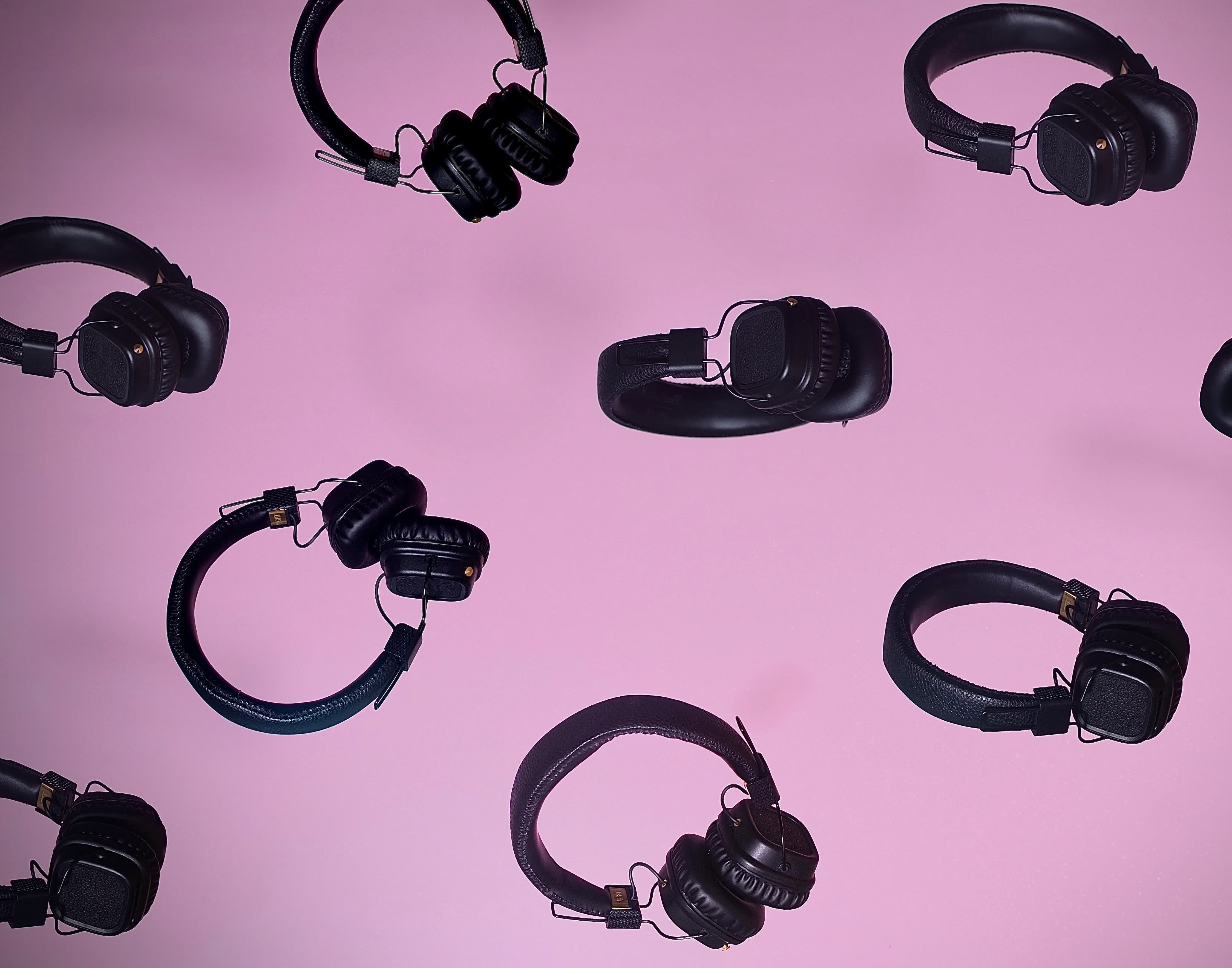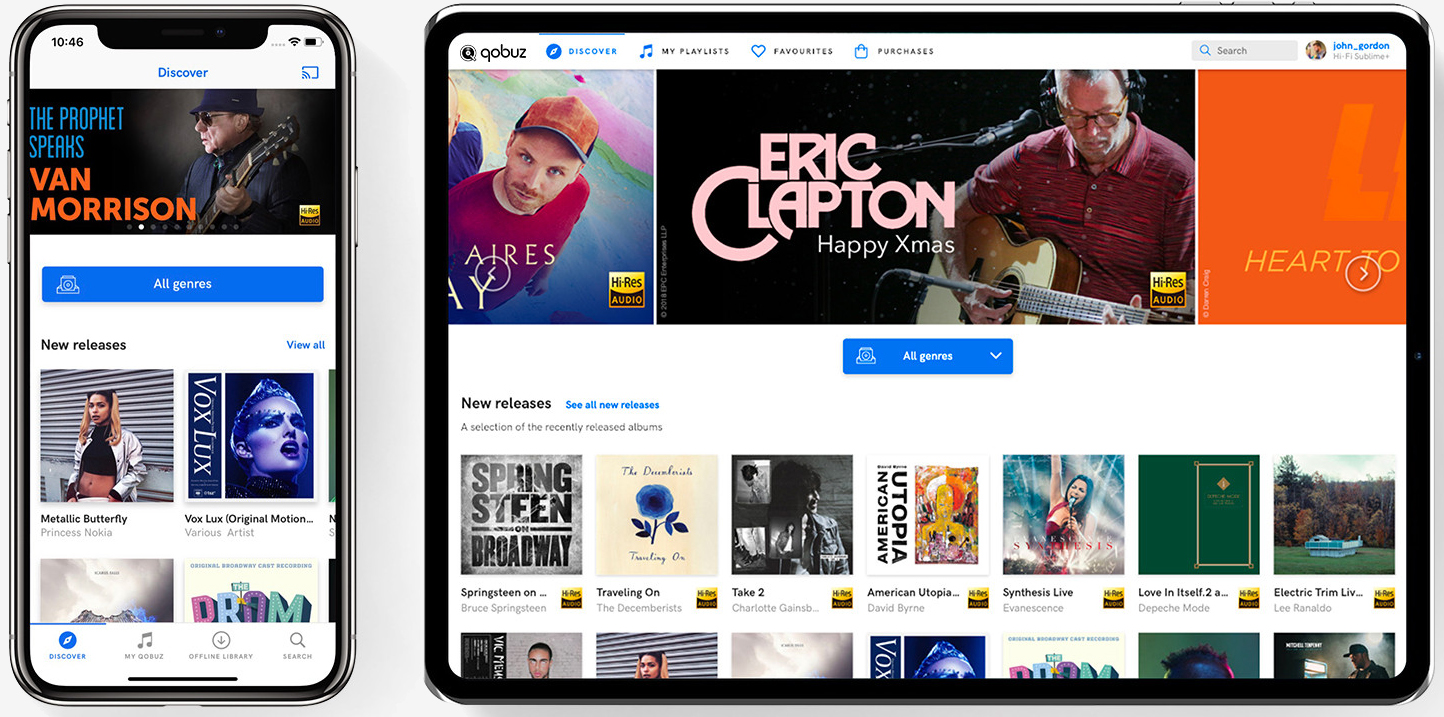The big picture: MP3s were once the go-to format for digital music consumption but as streaming music providers gained traction thanks to the advent of faster mobile data and portable devices, the desire to maintain a massive personal library diminished.

Qobuz, the specialty music streaming outfit that launched in the US earlier this year, is going all-in on quality.
The company recently announced it has dropped its MP3 (lossy) streaming tier entirely and will instead focus on a single tier that affords access to its entire hi-res and CD lossless catalog. With the move, Qobuz (pronounced co-buzz) becomes the first streaming provider to fully abandon the "increasingly archaic MP3."
Qobuz Managing Director Dan Mackta said MP3 is really bad for music, artists and listeners "so Qobuz is saying 'no' to MP3 and now offers only real studio quality in one accessible plan."

Qobuz's new plan commands $14.99 per month (or $149.99 annually) and grants unlimited access to more than 50 million tracks as well as in-depth editorial and metadata content. The company will still offer its Sublime+ plan which includes all streaming benefits as well as discounts when purchasing hi-res music from the Qobuz store. This plan now goes for just $249.99 per year, down from $299.99 when it debuted.
Oddly enough, Qobuz said this is a limited time offer for the first 100,000 subscribers until January 31, 2020. It's unclear what happens after that date or if you aren't among the first 100,000 - does the price go up or will Qobuz simply stop accepting subscriptions?
https://www.techspot.com/news/82716-qobuz-becomes-first-music-streaming-service-ditch-archaic.html